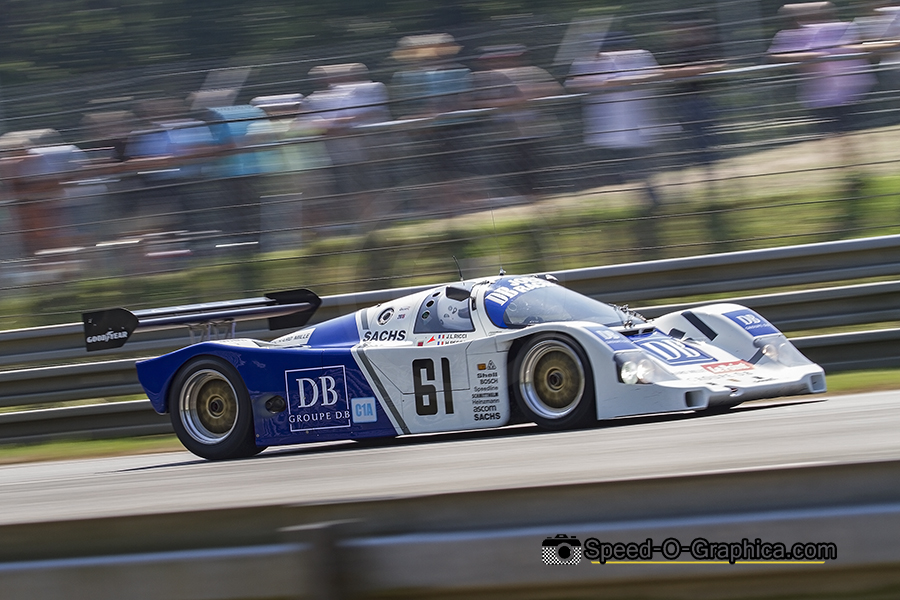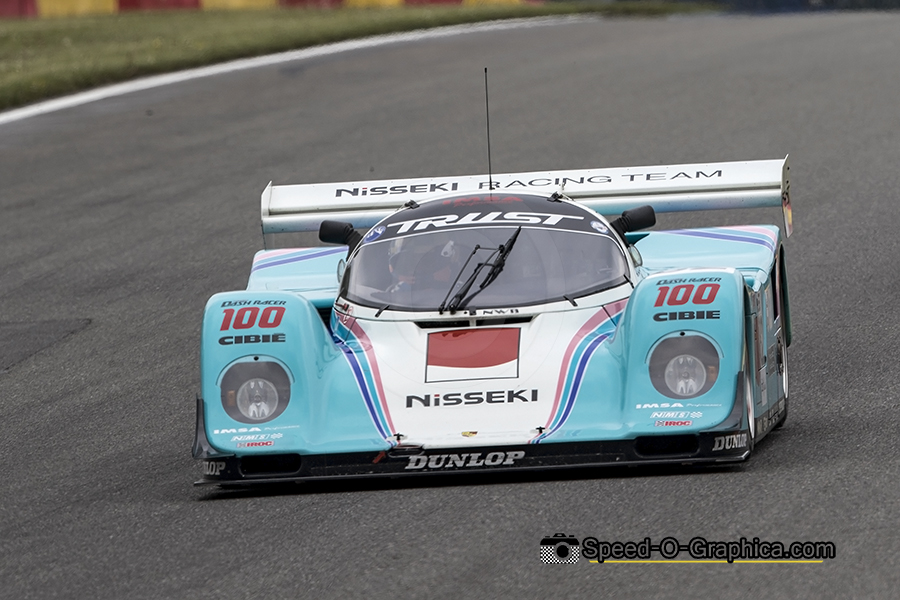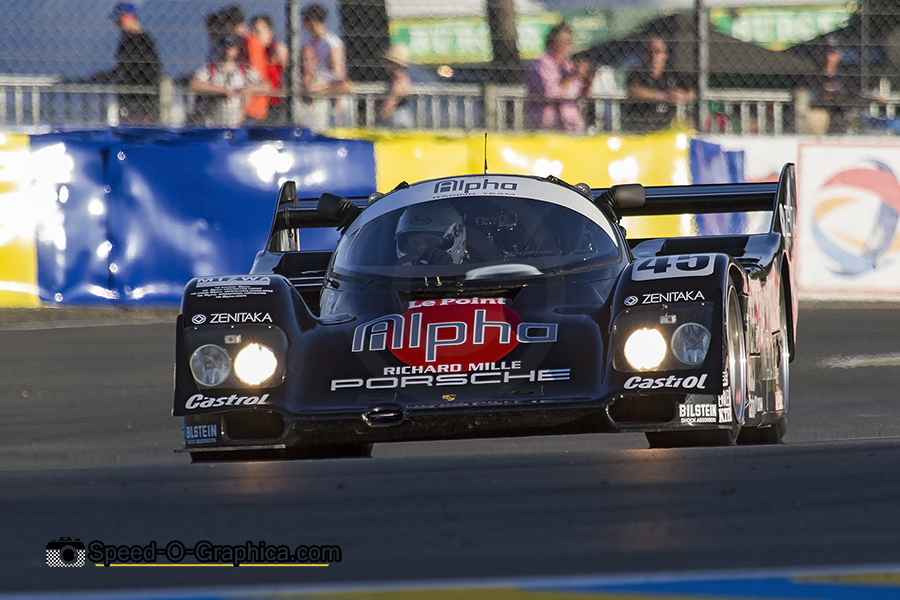Group C: The Rise and Fall of the Golden Age of Endurance Racing: Porsche 962 Part 2

By Marcel Hundscheid / Speed-O-Graphica
We continue our look back at the rise and fall of the golden age of endurance racing with a look at the later years of Porsche’s iconic sportscar racer.
To separate the 962s that participated in the American IMSA championship and the cars that run in the World Sportscar Championship, Porsche designated the cars that entered the latter championship 962C. From the first of January 1985 all Group C sports cars had to be built according to IMSA rules. In this Porsche switched from the earlier 956 to the 962C.
At the start of the new season it turned out that the older but perfectly prepared 956s from the customer teams were just as fast or even faster than the brand new factory 962C. Although Porsche won the season opener in Mugello with the factory 962C in Rothmans livery, at the second race in Monza it was the Richard Lloyd Racing Porsche 956 in Canon livery that claimed pole position.
Illustrated above is Porsche 962C, chassis 962-144 braking into Arnage at the Le Mans Classic in 2018. The car participated in the World Sports Car Championship in 1990 and raced at the 24 Hours of Le Mans that year.

Pictured above is Porsche 962C, chassis 962-170 in the colours from Team Trust in 1991, seen here at the Spa Classic in 2019.
The annual highlight of the season at LeMans in 1985 was particularly important for Porsche, but it was a difficult start. From the side of the private teams, Joest Racing fielded the upgraded 956 in New Man livery and aimed to grab overall victory. The Porsche works team had only one goal: to win Le Mans with the 962C.
During training and qualifying, Porsche impressed with Hans-Joachim Stuck by setting a new lap record. Initially, the three factory 962Cs kept a low profile, which caused quite a bit of confusion. But it soon turned out that it was not a speed problem, but a high fuel consumption.
Joest Racing’s 956, which was used privately, was not bothered by this at all and was even able to continue on a tank for two laps longer. Technical problems caused the works 962Cs to fall further back in the standings, with Joest Racing’s privately entered Porsche 956 winning the 1985 Le Mans 24 Hours. The best-placed works Porsche 962C finished in a disappointing third place.

Pictured here is Porsche 962C, chassis 962-154 seen at the Le Mans Classic in 2016. This car raced mainly in Japan but also appeared at the Le Mans 24 Hours in 1990.
After the dramatic performance at Le Mans, it turned out that 1985 had even more negativity in store for Porsche. During the 1000km at Hockenheim, race engineer Norbert Singer was seriously injured when a 962C caught fire while refueling. As a result, Porsche decided to modify the 962C’s refueling system.
Dramas continued with the death of Manfred Winkelhock in a works 962C during a World Championship race in Mosport and the death of Stefan Bellof during the 1000 km of Spa. Bellof tried to overtake the factory 962C of Jacky Ickx in Eau Rouge in the privately registered Porsche 956 of Brun Motorsport. The overtaking action resulted in a serious crash in which the talented Bellof tragically died.
Instead of improvements to the chassis, Porsche surprisingly decided to end the in-house production of the 962 in customer sport. Porsche then surprisingly decided to stop producing the 962 for customer teams instead of making improvements to the chassis.
In our next part we will take a closer look at the several customer versions of the Porsche 962.
